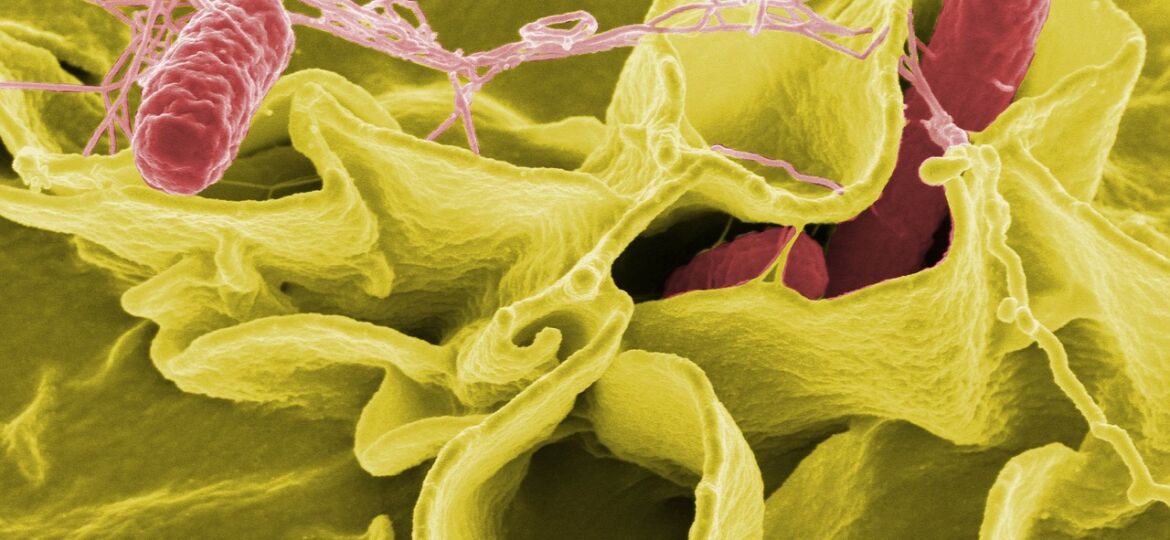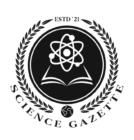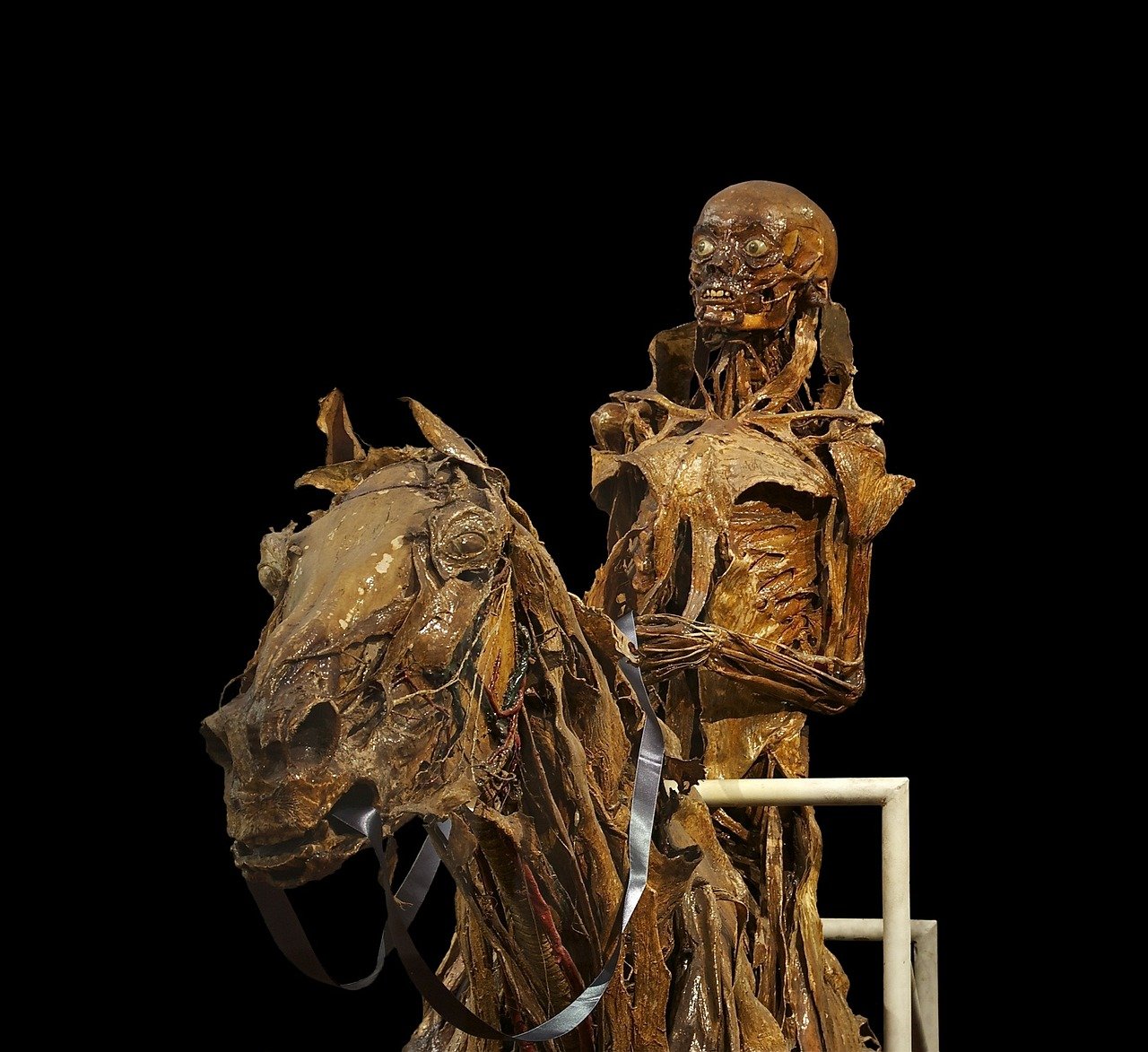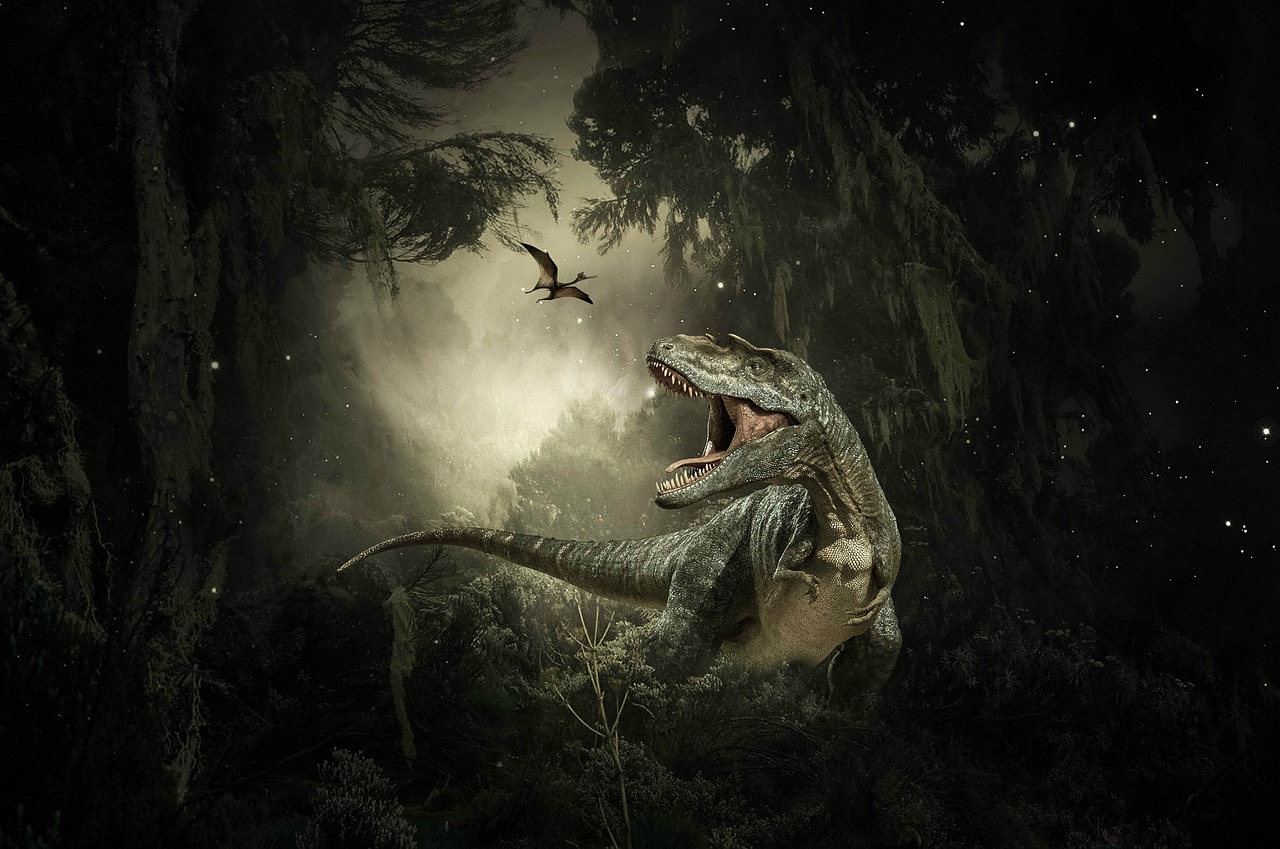
The progenitors of legionella bacteria attacked eukaryotic cells as early as two billion years ago, according to researchers at Uppsala University. It occurred shortly after eukaryotes started eating bacteria. These findings, which were published in the journal Molecular Biology and Evolution, are also crucial in the argument over whether mitochondria or phagocytosis emerged first.
“Our research may help us understand how hazardous bacteria emerge and how complex organisms evolved from simpler cells,” says Lionel Guy, an assistant professor of evolutionary microbiology at the Department of Medical Biochemistry and Microbiology and the study’s lead author.
Legionella bacteria’s predecessors had the capacity to resist being eaten by eukaryotes two billion years ago. Instead, they started multiplying utilizing eukaryotic cells, which are sophisticated cells with a nucleus that include amoebas, fungus, and humans.
Legionnaires’ disease is caused by the legionella bacterium, which belongs to the Legionellales family of bacteria. All Legionellales bacteria have the ability to infect eukaryotic hosts such as amoebas, insects, and our own cells.
“We found that the group’s ancestor existed about two billion years ago, when eukaryotes were still developing from simpler cells to the sophisticated cell structure they have today,” says Andrei Guliaev, a researcher at the Department of Medical Biochemistry and Microbiology. “We think Legionellales were among the earliest bacteria to enter eukaryotic cells,” says the study’s author.
The initial stage in a legionella bacteria infection is for a eukaryotic host, such as an amoeba, to carry the bacterium into its cell by phagocytosis. The amoeba’s next step would be to digest the bacteria and utilise its pieces as a source of energy. However, legionella bacteria have molecular mechanisms that prevent them from being digested, allowing them to grow by using the amoeba as an energy source.
The researchers indicate that all Legionellales have the same molecular tools as legionella in their study. That means the ability to infect eukaryotes was present in the ancestor of all Legionellales. This suggests that phagocytosis is at least as ancient as Legionellales, which dates back two billion years to the time when eukaryotes were just beginning to evolve.
This has ramifications for a contentious chicken-or-egg argument in evolutionary biology about how eukaryotes emerged. Which came first, the chicken or the egg? Was it the mitochondria, which arose from another bacterial species and evolved into our cells’ own energy factories? Or was it phagocytosis, which is thought to be important for the absorption of mitochondria but is energy-intensive?
“According to some studies, mitochondria were essential to provide enough energy for phagocytosis to function. However, our findings show that phagocytosis evolved first, two billion years ago, while mitochondria evolved afterwards “Lionel Guy expresses his opinion.




